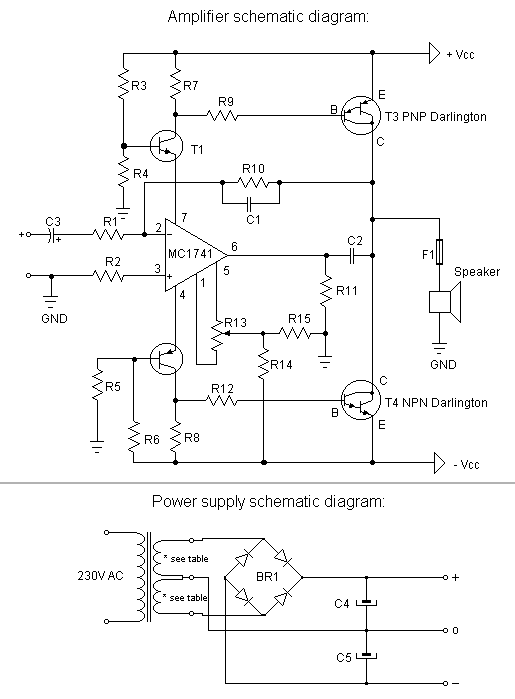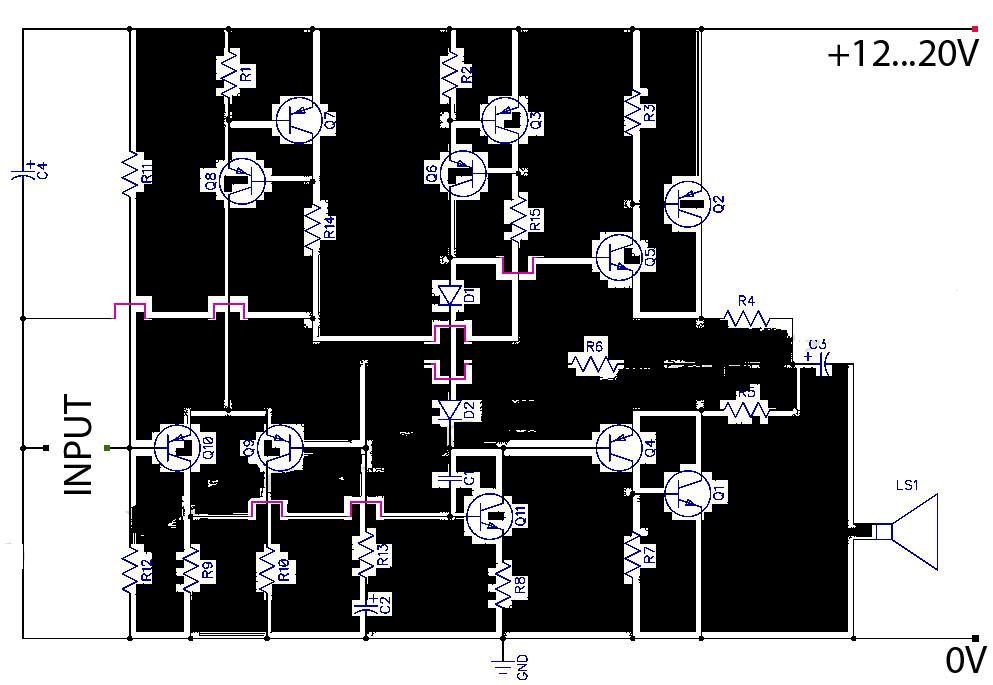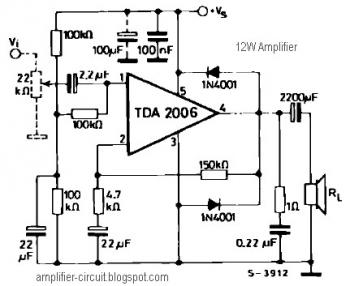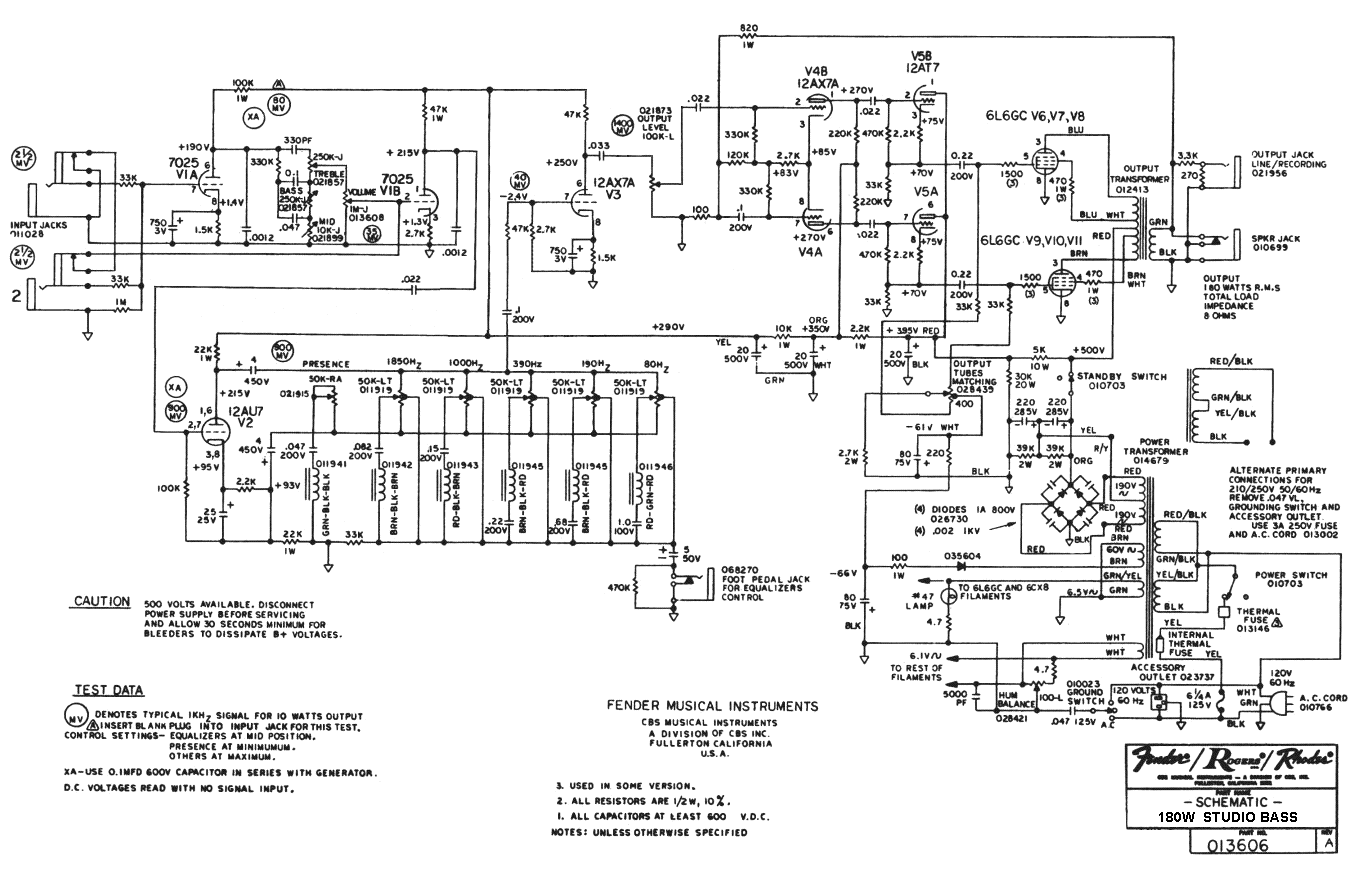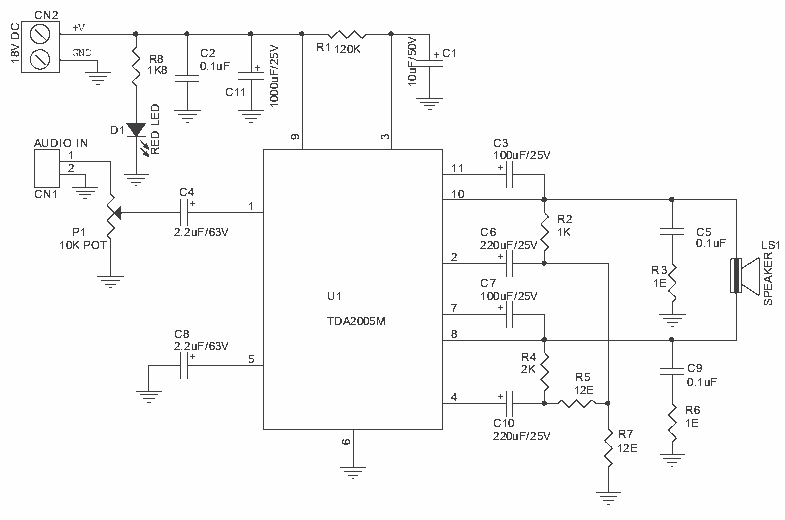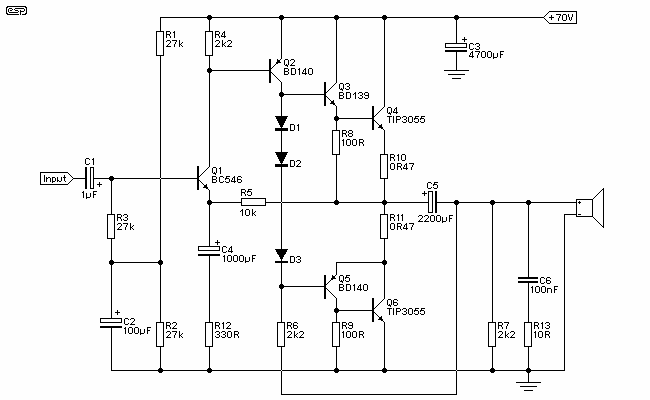
Tube amplifier
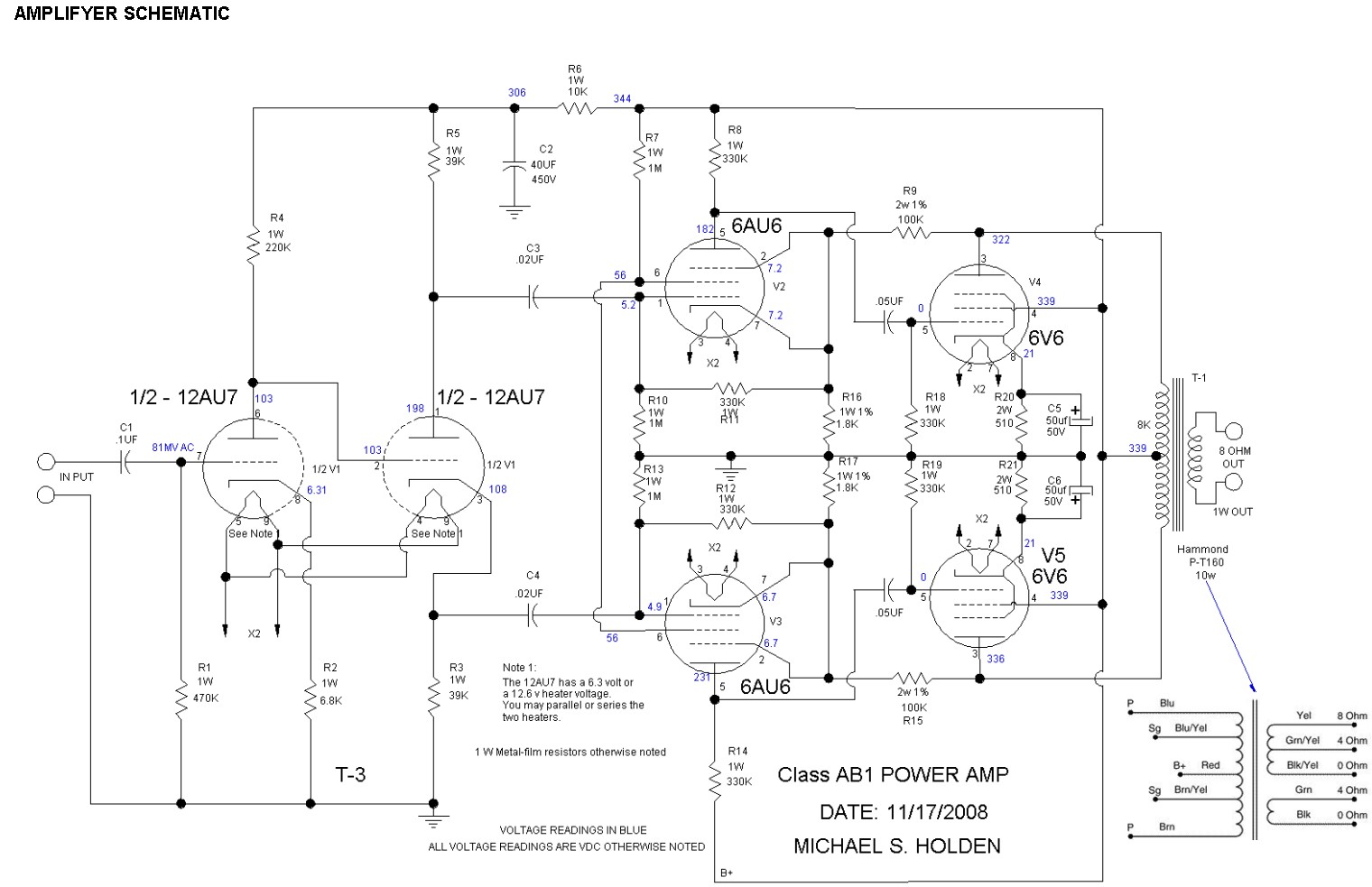
Inquiry regarding the suitability of a design for a first tube amplifier build, along with a request for recommendations on suitable components.
The inquiry pertains to the construction of a tube amplifier, which is a type of audio amplifier that utilizes vacuum tubes to amplify audio signals. Tube amplifiers are renowned for their warm sound and are often favored by audiophiles and musicians for their unique tonal characteristics.
The design of a tube amplifier typically includes several key components: a power supply, input stage, phase splitter, output stage, and feedback network. The power supply is responsible for providing the necessary high voltage and filament voltage for the tubes. The input stage usually consists of a high-gain amplifier circuit, which may employ one or more triode tubes for initial signal amplification.
The phase splitter is crucial for driving the output stage, which often consists of push-pull configurations using power tubes to maximize efficiency and minimize distortion. The output transformer is another essential component, as it matches the high voltage output from the tubes to the lower impedance of the speakers.
When selecting components for a tube amplifier, it is important to consider factors such as the type of tubes used, the quality of passive components (resistors, capacitors), and the design of the circuit layout. Proper grounding and shielding techniques are also critical to minimize noise and interference.
Overall, the construction of a tube amplifier requires careful planning and attention to detail to achieve the desired audio performance. Recommendations for suitable components can vary widely based on the specific design and intended application, and it is advisable to consult with experienced builders or reference reputable resources for guidance.Hi everyone, just wondering as I am about to build my first tube amplifier is the attached design o.k. and also does anyone know a suitable.. 🔗 External reference
The inquiry pertains to the construction of a tube amplifier, which is a type of audio amplifier that utilizes vacuum tubes to amplify audio signals. Tube amplifiers are renowned for their warm sound and are often favored by audiophiles and musicians for their unique tonal characteristics.
The design of a tube amplifier typically includes several key components: a power supply, input stage, phase splitter, output stage, and feedback network. The power supply is responsible for providing the necessary high voltage and filament voltage for the tubes. The input stage usually consists of a high-gain amplifier circuit, which may employ one or more triode tubes for initial signal amplification.
The phase splitter is crucial for driving the output stage, which often consists of push-pull configurations using power tubes to maximize efficiency and minimize distortion. The output transformer is another essential component, as it matches the high voltage output from the tubes to the lower impedance of the speakers.
When selecting components for a tube amplifier, it is important to consider factors such as the type of tubes used, the quality of passive components (resistors, capacitors), and the design of the circuit layout. Proper grounding and shielding techniques are also critical to minimize noise and interference.
Overall, the construction of a tube amplifier requires careful planning and attention to detail to achieve the desired audio performance. Recommendations for suitable components can vary widely based on the specific design and intended application, and it is advisable to consult with experienced builders or reference reputable resources for guidance.Hi everyone, just wondering as I am about to build my first tube amplifier is the attached design o.k. and also does anyone know a suitable.. 🔗 External reference
